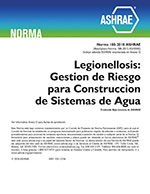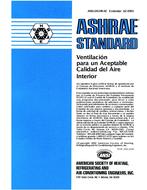Description
Microorganisms grow frequently in hidden places, e.g., behind wall linings, in floors, or behind installations. They are often not visible from the outside. Often, health complaints occur even after the moisture damage has dried, sometimes even only then. In these cases, moisture measurements are not suitable to localize the microorganisms. Besides spores and other particles, microorganisms emit gaseous substances (microbial volatile organic compounds = MVOC). The MVOCs are still emitted from the contaminated material long after the microorganism has died. Dogs can be trained to search for microbial odor and to detect the source. This is a very successful method for locating hidden microbial damage. The mold dog, however, must be correctly trained, led, and interpreted. In some cases, it is the only applicable method to find spots damaged by microorganisms. During a building inspection, the dog is accompanied by a professional dog handler and an experienced consultant. At places where the dog marks a microbial odor, samples must be taken for microbiogical analysis. By this well directed procedure, destruction of material is unneccessary and additional costs can be avoided.
Authors: Wolfgang Lorenz, Dr.-Ing., Thomas Diederich
Citation: Indoor Air Quality 2001 Moisture, Microbes, and Heath Effects: Indoor Air Quality and Moisture in Buildings Conference Papers
Keywords: November, California, 2001, IAQ
Citation: IAQ Conference: IAQ 2001
Product Details
- Published:
- 2001
- File Size:
- 1 file , 37 KB
- Product Code(s):
- D-8171




